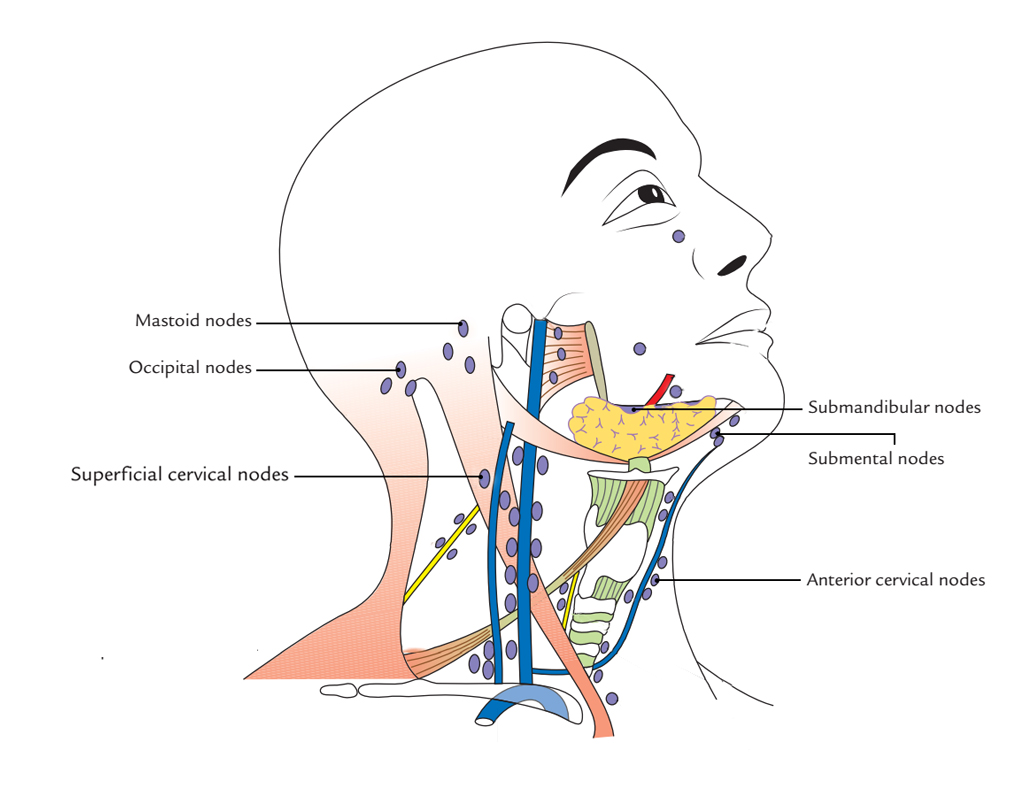


It can also join the thoracic duct on the left. Alternatively, it may open into either the great vein near the junction or may join the right subclavian trunk or right lymphatic duct. The later may open, on either side, directly into the jugulo-subclavian junction. Their efferents usually unite with those from the tracheobronchial and brachiocephalic nodes to form the bronchomediastinal trunk. They drain afferents from the breast, deeper structures of the supra-umbilical anterior abdominal wall, the superior hepatic surface (through a small group of nodes behind the xiphoid process), and deeper parts of the anterior thoracic wall. There are 4 or 5 parasternal nodes along each internal thoracic artery, at the anterior ends of the intercostal spaces. This is also referred to as the internal thoracic nodes. Lymph nodes of the thorax and abdomenĪxillary, subcapsular, pectoral, parasternal, intercostal and diaphragmatic lymph nodesĭeep group: preaortic, lateral aortic, retroaortic, celiac and mesenteric groups This article will describe the anatomy and function of the lymph nodes found in the torax and abdomen. By far the greatest number lie close to the viscera, especially in the abdominal mesenteries. Lymph nodes are particularly numerous in the neck, mediastinum, posterior abdominal wall, abdominal mesenteries, pelvis and proximal regions of the limbs (axillary and inguinal lymph nodes). Lymph nodes generate mature, antigen-primed, B and T cells, and filter particles, including microbes, from the lymph by the action of numerous phagocytic macrophages.Ī normal young adult body contains up to 450 lymph nodes, of which 60-70 are found in the head and neck, 100 in the thorax and as many as 250 in the abdomen and pelvis. They vary in size from 0.1 to 2.5 cm in length. They are small, oval or kidney-shaped encapsulated centres of antigen presentation and lymphocyte activation, differentiation and proliferation. The lymph nodes are important structures of the lymphatic system. Internal mammary lymph nodes, Nodi lymphatici parasternales


 0 kommentar(er)
0 kommentar(er)
